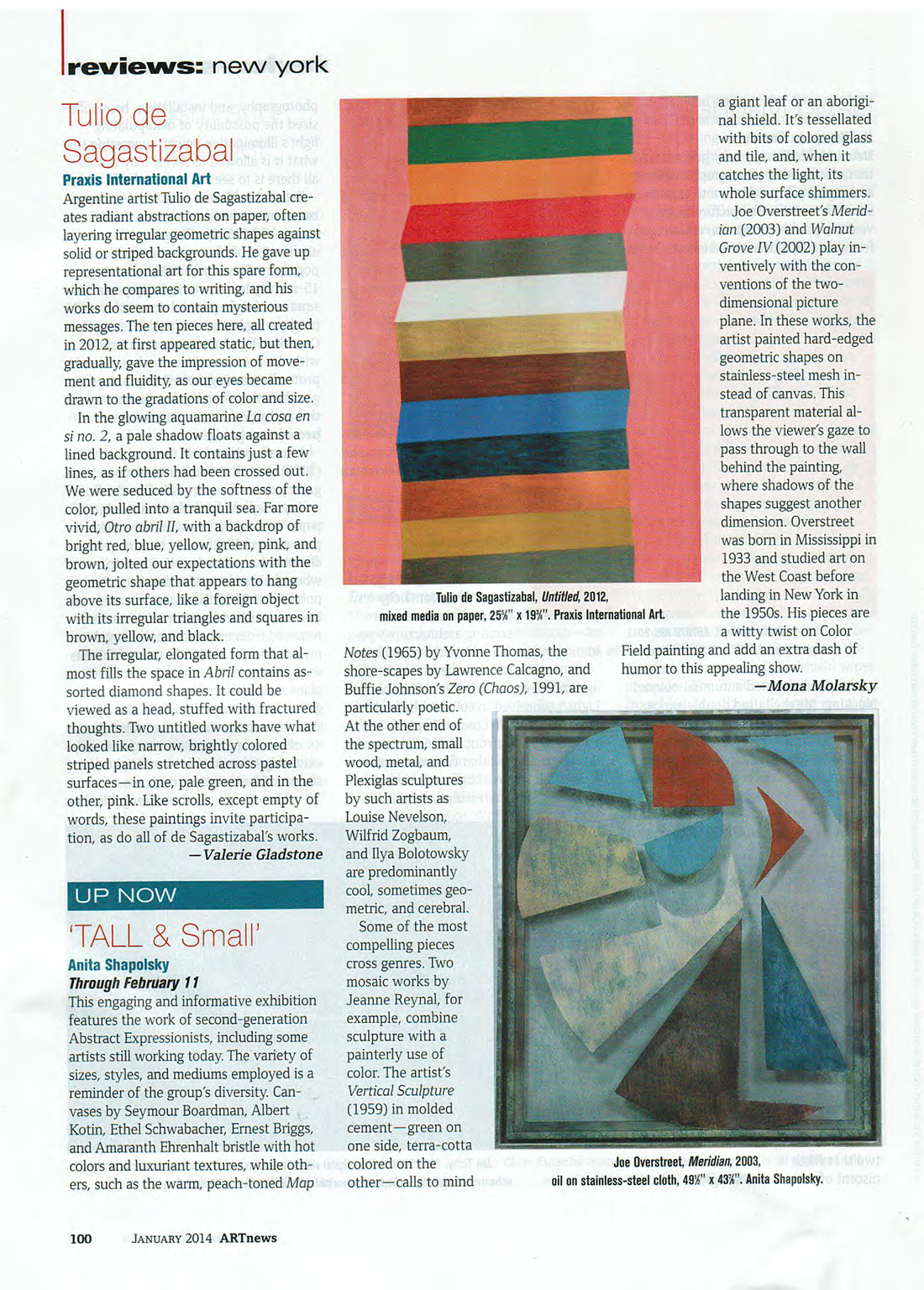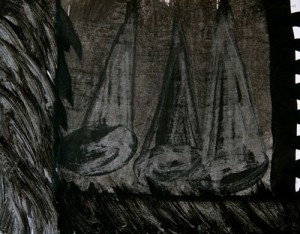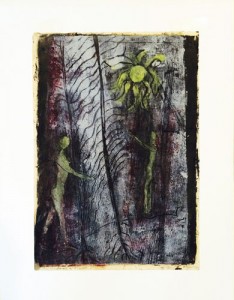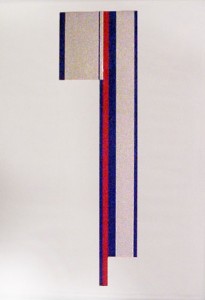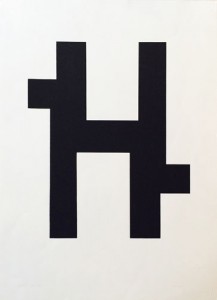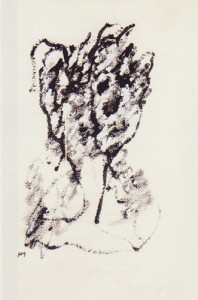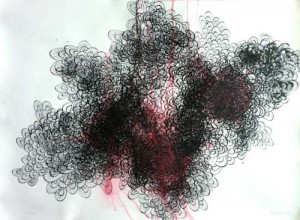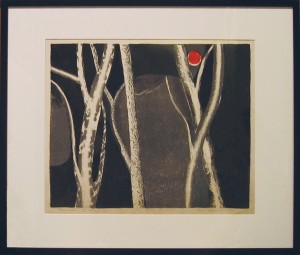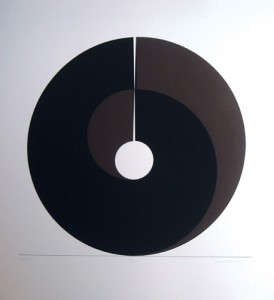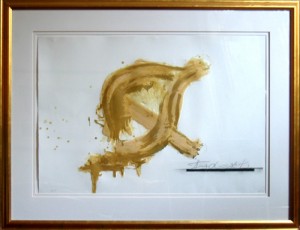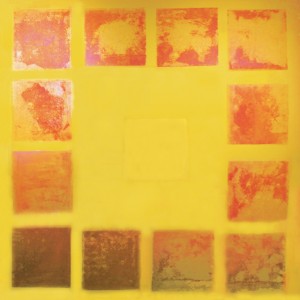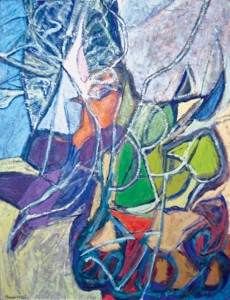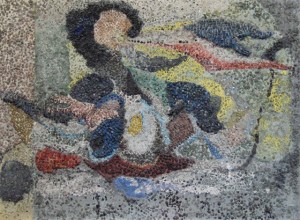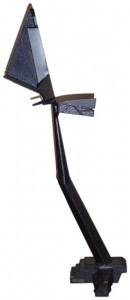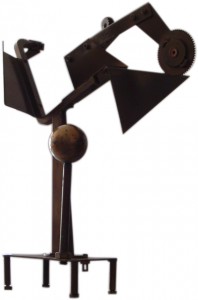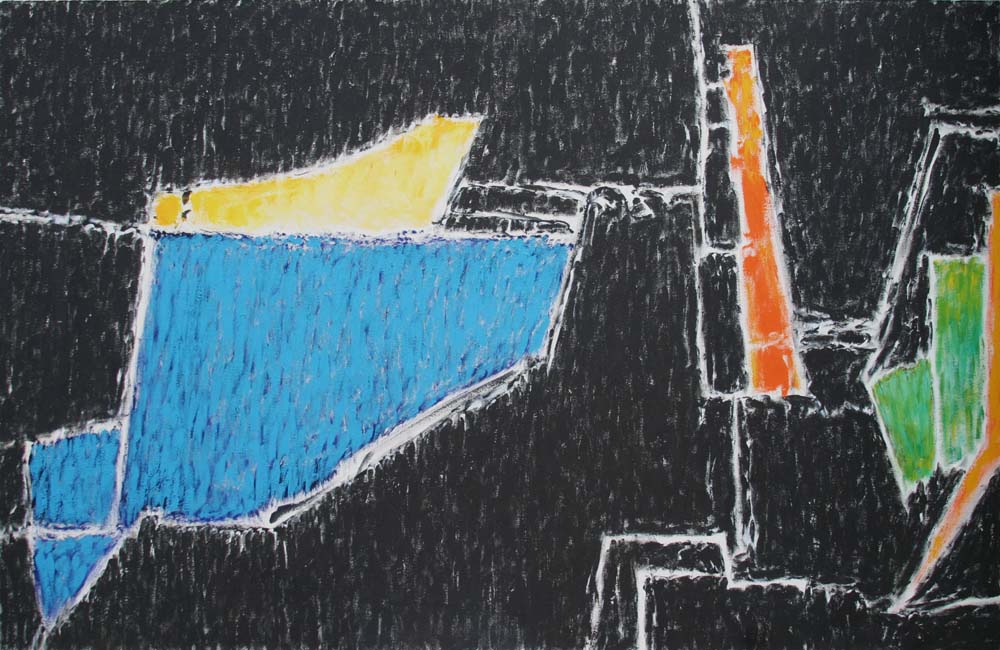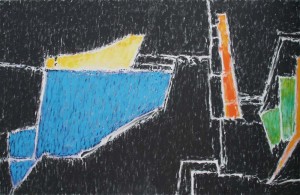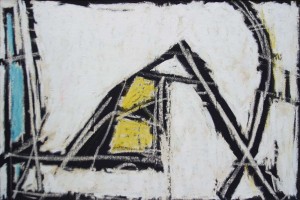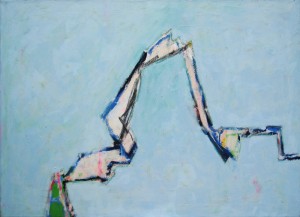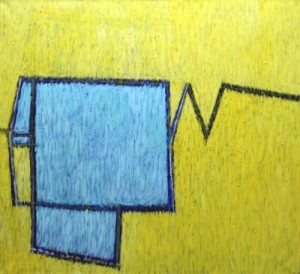The Expressive Edge of Paper: February 22 – April 26, 2014
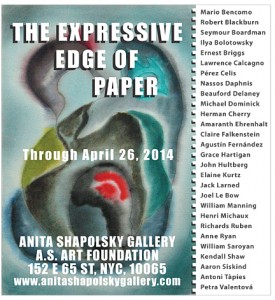 Karel Appel, Mario Bencomo, Robert Blackburn, Seymour Boardman, Ilya Bolotowsky, Ernest Briggs, Lawrence Calcagno, Pérez Celis, Herman Cherry, Nassos Daphnis, Beauford Delaney, Michael Dominick, Amaranth Ehrenhalt, Claire Falkenstein, Agustín Fernández, Grace Hartigan, John Hultberg, Elaine Kurtz, Jack Larned, Joel Le Bow, William Manning, Clement Meadmore, Melissa Meyer, Henri Michaux, Jeanne Miles, Richards Ruben, Anne Ryan, William Saroyan, Kendall Shaw, Aaron Siskind, Nancy Steinson, Antoni Tàpies, and Petra Valentova.
Karel Appel, Mario Bencomo, Robert Blackburn, Seymour Boardman, Ilya Bolotowsky, Ernest Briggs, Lawrence Calcagno, Pérez Celis, Herman Cherry, Nassos Daphnis, Beauford Delaney, Michael Dominick, Amaranth Ehrenhalt, Claire Falkenstein, Agustín Fernández, Grace Hartigan, John Hultberg, Elaine Kurtz, Jack Larned, Joel Le Bow, William Manning, Clement Meadmore, Melissa Meyer, Henri Michaux, Jeanne Miles, Richards Ruben, Anne Ryan, William Saroyan, Kendall Shaw, Aaron Siskind, Nancy Steinson, Antoni Tàpies, and Petra Valentova.
The Anita Shapolsky Gallery is presenting a multi-faceted group of abstract paper works by twenty-seven artists we have exhibited over the years. Paper experimentation shows the dichotomy between planning aspects in art and free form automatic drawing. These works show great technical skill which bring the artists visions to life. The works give incredible insight into their diverse approaches and the timelessness of their art. The variety of pieces in this exhibit will be educational and exciting for viewers. The molten iron paintings by Michael Dominick, for example, result in gestural strokes and splashes, which create beautiful and unpredictable marks that not only scorch the surface but also burn down into the depths of the layered paper. The abstract photographs of Aaron Siskind evoke wonder at his ingenuity. Antoni Tàpies’s prints are a good introduction to his ideas for earthly paintings. Richards Ruben’s oil pastel paintings of Venetian walls on Kochi paper are ethereal. Agustin Fernandez’s exquisite prints done in Paris by Lacouriere et Frelaut evoke sensuality using mechanical parts (i.e. screws, pipes, etc.).
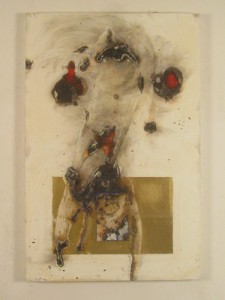
Michael Dominick, Ramapo No. 2, 2013, mixed media/collage on plaster backing paper, 34 x 22 x 1 1/2 in
TALL & Small: November 9 – February 11, 2014
In an increasingly cyber and dot.com world, Abstract Expressionism’s startlingly direct and personal way of communicating looks pretty good. This exhibition displays the use of various techniques, materials, and different artistic ideas of the second generation of abstractionists.
Seymour Boardman, Ilya Bolotowsky, Ernest Briggs, Lawrence Calcagno, Amaranth Ehrenhalt, Buffie Johnson, Albert Kotin, William Manning, Louise Nevelson, Joe Overstreet, Jeanne Reynal, Ethel Schwabacher, Nancy Steinson, Yvonne Thomas, and Wilfrid Zogbaum.
Seymour Boardman‘s work reduced complicated image to its essence through a simple play with basic color planes while the original background, color lines pierce, bend and twist the negative space. Ilya Bolotowsky’s visually ordered works reveal the influence of Piet Mondrian’s geometry. Ernest Briggs’s non-representational compositions of pure and emotional colors explode with inviting gesture to emerge in their powerful intimate world. Lawrence Calcagno with the use of linear brush strokes created meditative and colorful landscapes. Amaranth Ehrenhalt, an ‘action painter’, presents us with dynamic, colorful and playful works. Buffie Johnson represented existentialist work among Abstract Expressionists; her cosmic-like paintings convey her belief in the cycle of life with its eternal returns. Al Kotin’s phantasmagoric combination of color initiates an illusion of slowly rotating motion. William Manning’s pieces unfold in a way that is reminiscent of the Cubists ideas about fragmented vision. Louise Nevelson’s signature is a complex arrangements of abstract shapes enclosed in boxes. Joe Overstreet integrates painting with sculptural space using meaning-laden materials that reference both painting and the human condition. Jeanne Reynal through her “direct method” adapted the luminosity of ancient mosaics into abstract mosaic compositions. Ethel Schwabacher’s paintings combine automatism, introduced to her by Arshile Gorky, with abstract forms, referring to nature. Nancy Steinson’s sculptures add to the richness of the exhibition. Yvonne Thomas is best conveyed through a play of muted brushstrokes that transgress the substantiality of matter. Wilfrid Zogbaum’s dynamic steel structures bear a kinship to primordial ancestors.
Seymour Boardman “Personal Geometries”- Part II – 1970’s-2000’s: September 10 – November 2, 2013
New York City – For over 60 years, Seymour Boardman had created an oeuvre unparalleled in Contemporary Art – from colorful and vivid large-scale Abstract Expressionist paintings to minimalist and uncluttered-styled paintings.
Seymour (Sy) Boardman “Personal Geometries” Part II will feature a comprehensive body of work spanning the 1970s’ to the 2000’s. Following part I bringing together Abstract Expressionist pieces created by the artist between the 1940’s and the 1960’s, this second part focuses more on Boardman’s evolution toward a more Minimalist style. In this work, pastel colors are progressively used over bright colors while uncluttered and square-shaped lines progressively prevail over mosaic-like paintings of the 1960’s. More than ever during the second period of his artistic career, Boardman’s work aims to define visual structure, often replying on sharply articulated geometric principles and shapes.
“I consider Sy the most intellectual of all the artists that I have ever exhibited” says gallery owner Anita Shapolsky, “His painting resonates like jazz, ever evolving, the transcendence of improvisation is content. He liked jagged, architectural phrases, and beginning a line without knowing where it would end”. This “geometric colorist” and “abstract illusionist” as he was called, contributed to the psychology of perception with the use of only one hand (the other was disabled by the war). His work has inspired many young artists by its complexities, use of oil pastels, colors and division of space.
Boardman counteracted with many artists and good friends of him such as Sam Francis, Robert Ryman, and Mark Rothko, as they all experienced crises of confidence. His work is included in many major public collections such as the Brooklyn Museum, Solomon R. Guggenheim Museum, Whitney Museum of American Art, Walker Art Center in Minneapolis, Newark Museum, Santa Barbara Museum of Art, Norton Gallery in Palm Beach, Museo Rufino Tamayo in Mexico and many other collections.
Contact information: [email protected] / http://anitashapolskygallery.com
CATALOG AVAILABLE



